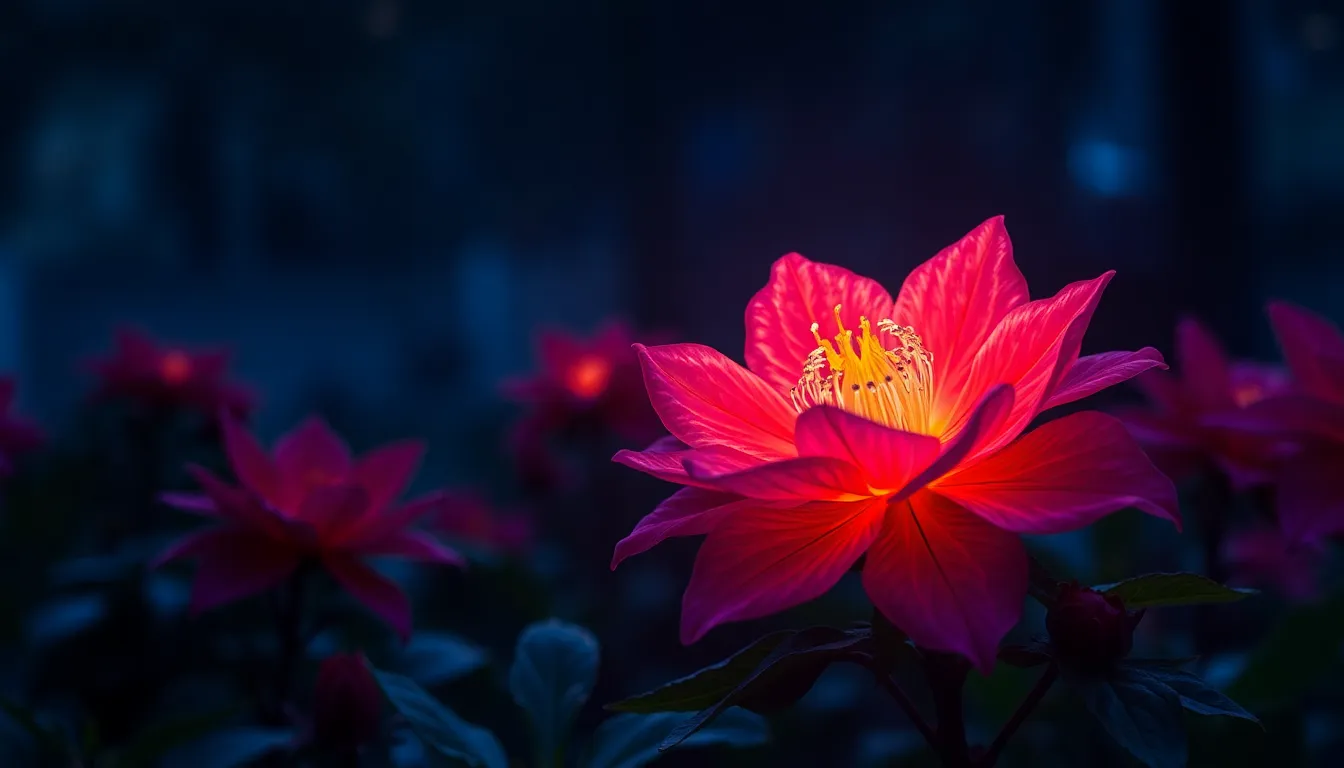The Myth of the Seasonal Bloomer: What Plants Really Do
Introduction: Debunking the Seasonal Bloomer Myth
For many, the concept of seasonal bloomers evokes images of vibrant flowers bursting into color during specific times of the year. This perception, while rooted in truth, oversimplifies the complex and fascinating behaviors of plants. Understanding what plants do beyond their blooming cycles is essential for anyone interested in horticulture, ecology, or simply appreciating the natural world. This article aims to debunk the myth surrounding seasonal bloomers and reveal the intricate life processes of plants.
Understanding Plant Biology: A Brief Overview
To grasp the behaviors of plants throughout the seasons, we must first understand some basics of plant biology. Plants undergo various growth cycles, which are influenced by their genetic makeup and environmental conditions.
- Photosynthesis: The process by which plants convert light energy into chemical energy, using carbon dioxide and water to produce glucose and oxygen.
- Nutrient Acquisition: Plants absorb essential nutrients from the soil, which are vital for their growth, development, and reproduction.
The Science of Plant Dormancy
Dormancy is a vital survival strategy for many plants, allowing them to withstand unfavorable conditions. It is characterized by a temporary cessation of growth and can be triggered by various environmental factors.
There are different types of dormancy:
- Winter Dormancy: Many plants enter a dormant state during the cold months, conserving energy and resources until warmer conditions return.
- Summer Dormancy: Some plants, particularly in arid regions, may become dormant during hot, dry periods.
- Estivation: Similar to summer dormancy, this is a strategy used by certain plants to survive excessive heat and drought.
Factors Influencing Plant Growth Beyond Seasons
While seasons play a significant role in plant behavior, several other factors also affect growth and blooming patterns:
- Environmental Factors: Light, temperature, and moisture are crucial for photosynthesis and overall plant health.
- Soil Health: Rich, nutrient-dense soil promotes vigorous plant growth, while depleted or unhealthy soil can hinder performance.
Perennial vs. Annual Plants: A Closer Look
Plants can broadly be categorized into perennials and annuals, each with distinct characteristics and life cycles.
Perennial Plants
Perennials are plants that live for more than two years, often going through cycles of dormancy and regrowth. They are known for their ability to adapt and thrive across multiple seasons.
Annual Plants
Annuals, on the other hand, complete their life cycle within a single growing season, germinating, flourishing, and dying within a year. While they may be viewed as seasonal bloomers, their lifecycle is not solely defined by blooming.
The Role of Climate Change in Plant Behavior
Climate change is significantly impacting how plants respond to their environments. As global temperatures rise and weather patterns shift, many plants are altering their blooming and growth patterns.
Case studies illustrate this adaptation:
- Wildflowers in California: Some species are blooming earlier in response to warmer winters.
- Fruit Trees: Certain apple varieties are producing fruit sooner, affecting harvest times and pollinator interactions.
The Importance of Pollinators and Ecosystem Dynamics
Pollinators play a crucial role in the blooming and reproductive cycles of many plants. Their behavior is often synchronized with the blooming times of flowers, creating a dynamic relationship between the two.
The interconnectedness of plants and their ecosystems means that changes in one aspect can have cascading effects:
- A decline in pollinator populations can lead to reduced plant reproduction.
- Changes in plant blooming times can impact the availability of food sources for pollinators.
Cultural and Historical Perspectives on Seasonal Blooming
Different cultures have long recognized and celebrated the beauty of seasonal bloomers. From cherry blossoms in Japan to tulip festivals in the Netherlands, these plants hold significant cultural value.
Historically, seasonal plants have also played crucial roles in agriculture and horticulture:
- Seasonal planting calendars have guided farmers for centuries.
- Crops have been developed to synchronize with local climates and seasonal patterns.
Practical Insights for Gardeners and Plant Enthusiasts
For those looking to cultivate plants that thrive throughout the seasons, consider the following tips:
- Choose Diverse Plants: Incorporate a mix of perennials and annuals to ensure continuous blooms.
- Understand Local Ecosystems: Research native plants that are well-adapted to your local climate and soil conditions.
- Monitor Environmental Conditions: Pay attention to factors like soil health, light exposure, and moisture levels.
Conclusion: Embracing the Complexity of Plant Life
In summary, the myth of the seasonal bloomer oversimplifies the rich and intricate lives of plants. Understanding their biology, growth cycles, and the various factors influencing their behavior provides a deeper appreciation for plant life. By embracing the complexity of plant life, we can foster a greater respect for the natural world and make informed choices as gardeners and caretakers of our environment.




